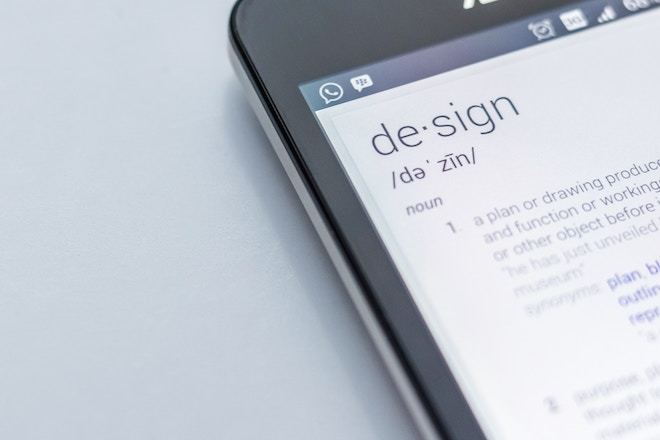SEO or search engine optimization remains as important as ever.
Tons of people continue to search for information on Google.
But it’s not just Google that’s acting as a search engine.
People skip right to sites like YouTube, Facebook, Twitter and Amazon to search for things.
In the future we’ll be asking Siri and Alexa to find us search results. That brings an entirely new element to SEO.
When it comes to this topic one question I sometimes see is what role design plays. How does design affect search results?
Here are a few key areas to consider:
1. Brand Recognition
The central element in all marketing, and that includes SEO, is branding. Getting more people to recognize your brand.
Part of that is being consistent with your brand name. Your personal name. Your business name. Reading the name or hearing the name are part of it.
But there is also a design element.
Let’s say you search for “Jell-O” on Google. Some of the tops results will include the Jell-O logo. There are a few images of completed Jell-O recipes. There are also a few visual snapshots of Jell-O videos.
Search is not just textual anymore. There is a visual element. That visual element is incredibly important because the more people that recognize your brand the more they’re likely to click on it.
And this is even more important on search engines that aren’t Google.
People search for things on Instagram, Facebook, etc. Those networks are more visual. The design is key for earning clicks and attention.
2. Clickthrough Appeal
Building on the last point is the idea that people click on what is appealing.
On Google, that might be more text-based. But even Google is getting more visual.
Beyond brand recognition, the result that looks the best or the most appealing often gets the most clicks.
Think of it like car shopping. You go to the car lot and you’re probably more drawn to the most appealing cars first. There is just something about their design that earns your attention.
Design is critical for earning clicks whether it’s to your website, Facebook page or video on YouTube.
Designers can help to create the images that earn attention in search results.
3. Usability
When you signup for Google Analytics you’re giving Google permission to know just about everything about how visitors interact with your site?
Does the usability of your site matter in search results?
I don’t know that Google has said definitively, but it would make sense for them to be paying attention.
Even if it’s not on a website by website basis. They probably use the information to improve their overall results.
They have made changes in recent years placing importance on mobile-friendliness and page speed.
Google wants to provide the best results for the things their customers are searching for.
That includes the best information, but also the best experience.
If you design your website, blog posts, videos and images so that the experience is amazing for your visitors then you’re aligning your SEO strategy with Google’s.
4. Viral Effect
The more people that view and interact with something the more likely it is that others will want to see it.
It’s one of the frustrating, but also great realities of creating content.
Think of it in how you buy things.
Not everyone is an early adopter. When the iPhone came out not everyone went out to the store to get one. But once it reached a certain point just about everyone jumped on board and got some kind of smartphone.
Design plays a key part of the viral effect. Obviously the information or content has to be educational or entertaining (or both), but the design plays a large role.
If you have a designer that can elevate your content making it more appealing and engaging it will improve your viral effectiveness and will thus make it more likely for more people to see it and when Google recognizes it you’ll generally get better rankings.
5. Content Presentation
By this I mean keeping people engaged with your content.
Let’s say you’re creating a video. Same information in the video. You could create a basic, low-budget production to present that information. It might do pretty well, but you’ll probably lose some viewers.
Now let’s say you create a video with top notch production. Production that keeps people engaged.
The second video is likely to be the one that ranks better even if the information is the same.
The reason is that the longer people interact with your content the more they signal to search engines that the content is valuable.
That’s what search engines are all about: value. Anything that signals that something is valuable is an element of SEO.
Conclusion
Design is a critical element in SEO. It’s not the only thing, but it’s often an overlooked thing. One reason could be that we look for micro signs that design directly affects SEO. But that’s not the case. We have to look at the macro level of content.
Google and other search engines are smart and getting smarter. They have one goal and that’s to provide the best result possible. When you can identify design problem areas on your own website you’ll be one step closer to improving your overall SEO success.





